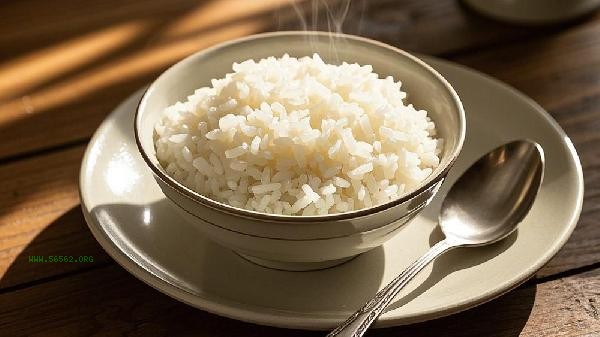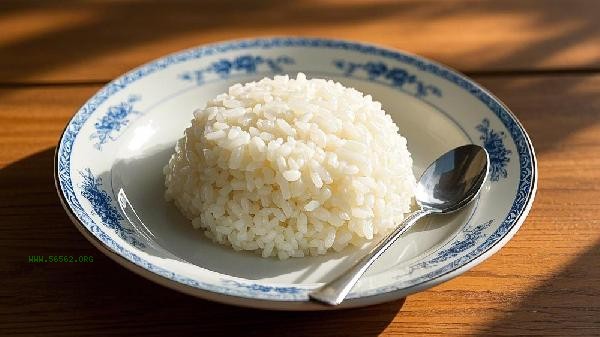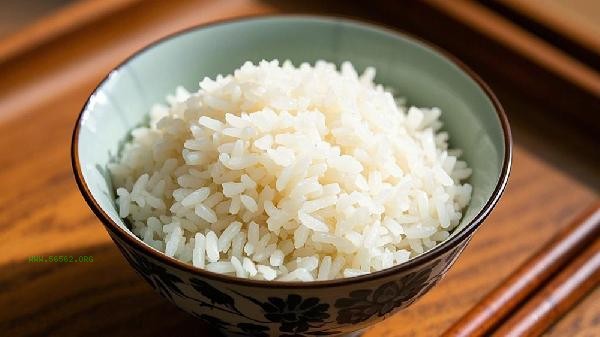Frozen rice can be heated in a microwave, steamer, or wok, and different methods are suitable for different taste requirements.

Frozen rice should not be directly heated at high temperatures after being taken out of the refrigerator, as it can easily cause the outer layer to become too dry while the interior remains frozen. Microwave heating is the quickest way. Put the rice into a microwave specific container, add a small amount of water, cover it with plastic wrap and poke a small hole, and heat it on medium high heat for about two minutes. Heating the steamer can better maintain the moisture of rice. Put frozen rice into a bowl, add a small amount of water, and then put it into the steamer. Steam for five to eight minutes after the water boils. Heating a wok is suitable for people who enjoy a dry and fragrant taste. Add a small amount of oil to the wok, break up the rice, stir fry over low heat until completely thawed, and heat evenly. Some rice that has been frozen for too long may experience starch aging, resulting in a harder texture after heating. This kind of rice is more suitable for cooking Congee or making Fried Rice. It can improve the texture by prolonging the heating time or mixing with other ingredients. If local overheating is found during microwave heating, the stirring process can be paused before continuing the heating. Pay attention to the amount of water when heating the steamer to avoid excessive moisture that can cause the rice to become too soft. The heat of the frying pan should be controlled to avoid high temperatures causing the rice to become burnt.

Frozen rice should be consumed as soon as possible after heating to avoid repeated freezing and thawing that may affect its taste and nutrition. When heating, it can be paired with vegetables, eggs and other ingredients to increase nutritional balance. The heating effect of frozen rice varies slightly among different varieties, and japonica rice is more suitable for frozen storage than indica rice. Rice can be divided into small portions and frozen for daily use, and taken as needed each time to reduce waste. If any odor or discoloration is found in the heated rice, it should be stopped from consumption to ensure food safety.









Comments (0)
Leave a Comment
No comments yet
Be the first to share your thoughts!